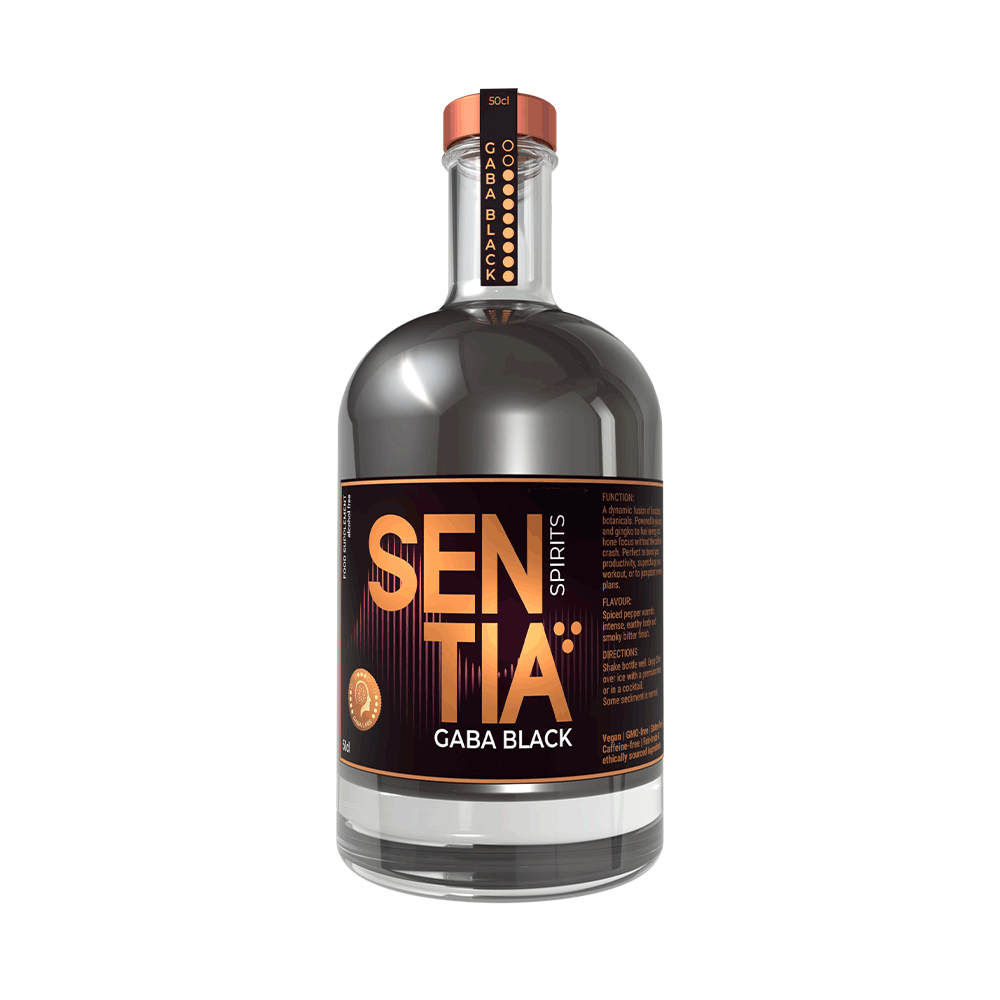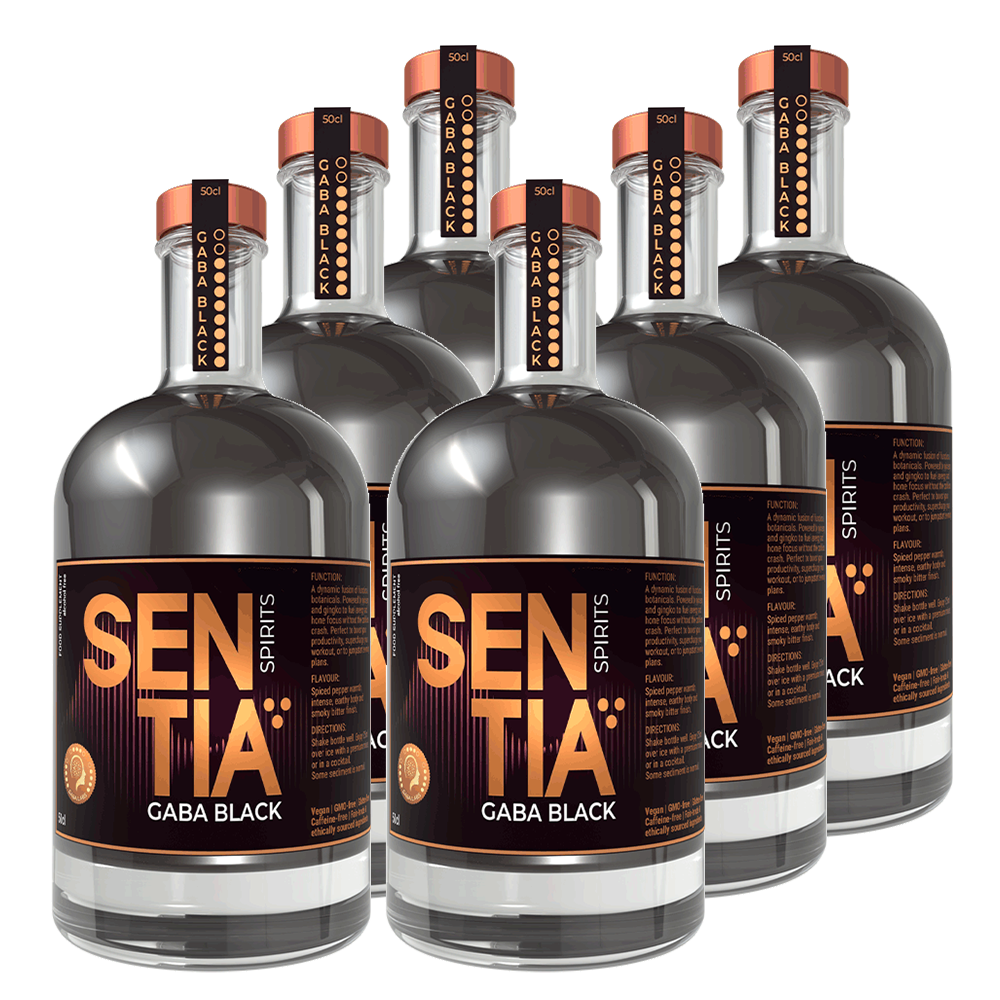
Biohacking our Brains: GABA without the Alcohol
We know that for as long as homo sapiens have existed we’ve been consuming alcohol in one form or another. Once alcohol travels from your gut, via your blood and into your brain, one of the first things it does is modulate your GABA system. The relaxation and sociability you feel after a couple of drinks is alcohol and your GABA-a receptors hitting it off. The more you drink, the more things get messy, as alcohol gets promiscuous with your serotonin, dopamine, endorphin, and glutamate receptors.
So, what if you don’t want all of that? Well, there are plenty of ways humans have been hacking their GABA systems without alcohol, sometimes all by themselves, sometimes with help from fungal and vegetable friends.
When we’re born, some vital processes governing the bonding between mothers and children revolve around the GABA system. The tactile input from mother to child and vice versa increases GABA levels in spinal fluid and reduces anxiety. A little contact goes a long way. Socialisation in its earliest stages involves GABA, and this role continues throughout our lives.
Recent studies have shown a down-regulation of GABA receptor activation following social play in rats; this is a physiological response to an increase in synaptic levels of GABA produced during play. A very easy way to hack your GABA system is to get together for game night, be it five aside football or a Dungeons and Dragons session. Of course, one of the key components here is the social part. We know that social isolation has a dramatic impact on GABA levels, so whilst getting together with your clan on Fortnight or Call of Duty might technically be a social activity, it’s better for everyone to be in the same room—there may be a scientific reason older millennials pine for the days of four gamepads, an N64, and a Goldeneye cartridge.
If you’re not the game-playing type, you can hack your GABA system in other ways. Buddhists and Hindus have modulated their GABA levels for thousands of years via meditation and yoga. Mental health practitioners have championed the anxiety-reducing role of meditation and mindfulness practices for quite some time, and science appears to bear them out. More recently, studies have shown that yoga moderates GABA levels in the pre-frontal cortex, indicating that practitioners have improved cognition, concentration and alertness. So whilst we’ve been modulating our GABA system with alcohol well before meditating or doing downward dog, we figured out long ago that we could reduce anxiety and reach for inner peace without it.
There is one substance for discerning practitioners of the psychedelic that also work on the GABA system. Most of us have heard of LSD, some of us have encountered DMT, and more than a few have followed Alice down the rabbit hole with a little help from psilocybin, but there’s another mushroom that’ll get you ten feet tall. You might not know much about Amanita Muscaria—more commonly known as Fly Agaric—but you’ll recognise it when you see it. It’s probably the image in your mind when you think “mushroom.” Its signature dotted red and white cap is familiar to Super Mario fans or scholars of German Folk Tales alike. Humans—and reindeer! —have been availing themselves of the hallucinogenic properties of Amanita Muscaria for at least 10,000 years. The principal active ingredient in Amanita Mascara is a compound called Muscimol. Alcohol merely modulates your GABA receptors, Muscimol binds to them directly. It has been shown to reduce anxiety and promote relaxation, sleep, and sociability in small doses. If you take things a little further, Muscimol goes full space cadet and takes you into psychedelic territory. It is thought that its hallucinogenic powers are so profound due to the sheer number of GABA receptors that are involved in vision.
“Ok,” you say, “but I don’t think the bar staff will want to coax me out of ego-death. Let's take things down a notch or two.” Well, you don’t have to trip the light fantastic to get your GABA fix from mother nature. Pacific Islanders have been digging up the roots of Piper Metysticum with a view to getting a buzz on for over 3500 years. The resulting brew— “Kava Kava”—has been used for ritual, social and medicinal purposes, and we’re just starting to investigate the possibility of therapeutic use. Studies have shown that Kava can have anti-anxiety and anti-depressant-like effects attributed to increased GABA-a receptor function, and others indicate promising avenues for the treatment of insomnia and symptoms of the menopause. So, if you’re looking for a brew to relax and chew the fat over without getting drunk while you do it, Kava might work for you.
All told, whilst we've been biohacking our GABA systems with truly ancient tools like alcohol, the longer we’ve been busy building our civilisation, the more ways we’ve figured out how to do it in other ways. The latest development in our never-ending quest to take advantage of the role of GABA in relaxation, socialisation, and all the things that flow from it are botanical and synthetic alcohol alternatives, the cutting edge of an incredibly long and storied quest.

